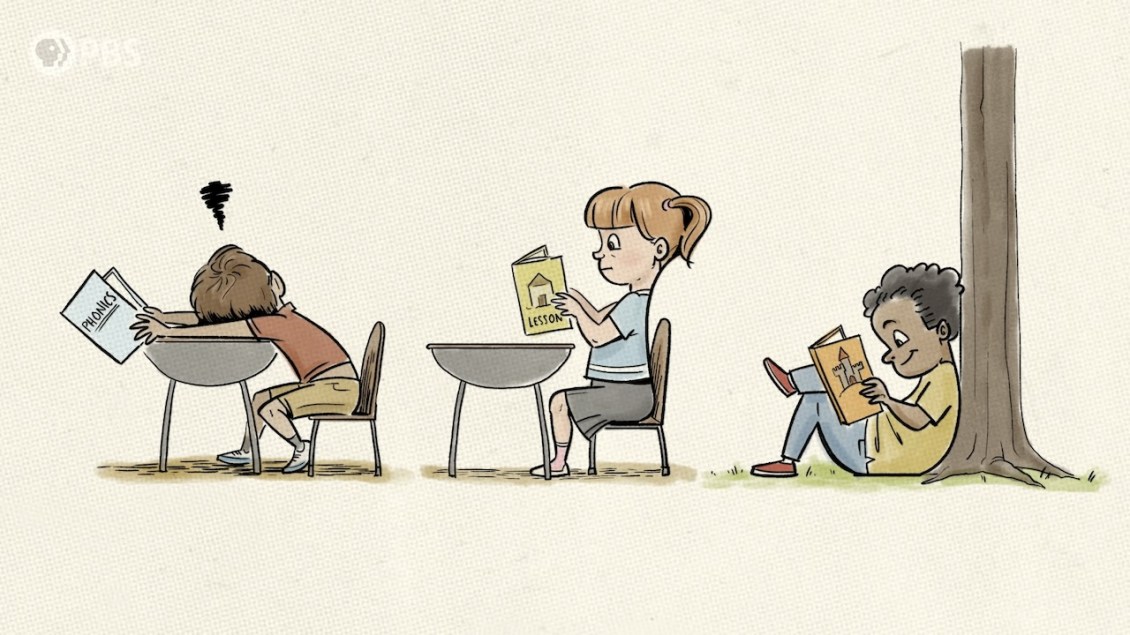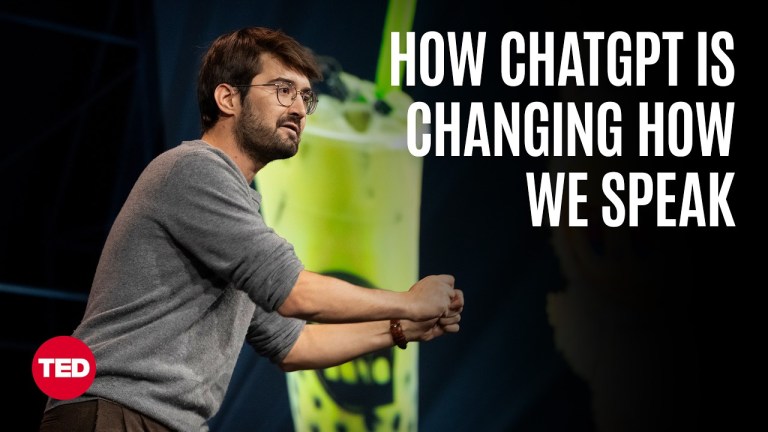How a Long Term Reading Method Came Into Question During the COVID Pandemic
Host Dr. Erica Brozovsky, PhD of the PBS series Otherwords explained how a long term method for teaching reading to children was dispelled by scientists. The method, called “Three Cueing”, requires a student to use sentence context to learn an unfamiliar word. However, studies showed that while reading, both the speech and listening centers are triggered, so children became better readers by sounding out words. This was called the “Science of Reading” method.
MRIs revealed that even when a word has been orthographically mapped, it still lights up the speech and listening centers of our brains. This means that even when we know a word so well as to recognize its meaning instantly, our brains are still on some level connecting it with its sound…Instead of decoding words to reveal the meaning of the text, they were asking students to use the meaning of a text to decode the words.

The disparity came to light when children were learning online during the COVID pandemic with their parents in the room.
It wasn’t until COVID hit that things really began to change. Suddenly, millions of parents were sitting right next to their kids during their reading classes over Zoom, and a lot of them didn’t like what they were hearing. Despite being told that their child was reading at the appropriate level, it was obvious that some had just memorized the lesson. And when confronted with a truly unfamiliar word, they lacked the skills to decode it.
It is still an ongoing argument despite the constant influx of reading materials in the everyday world.
Perhaps reading was a victim of its own success. Literacy rates skyrocketed in the 20th century; from newspapers to advertisements to the internet, the written word has become such a ubiquitous, ever-present part of our environment. It’s easy to forget that it’s actually a human invention; one we’ve become so good at you’d think it came naturally.






